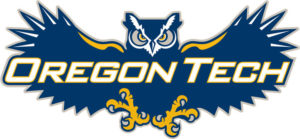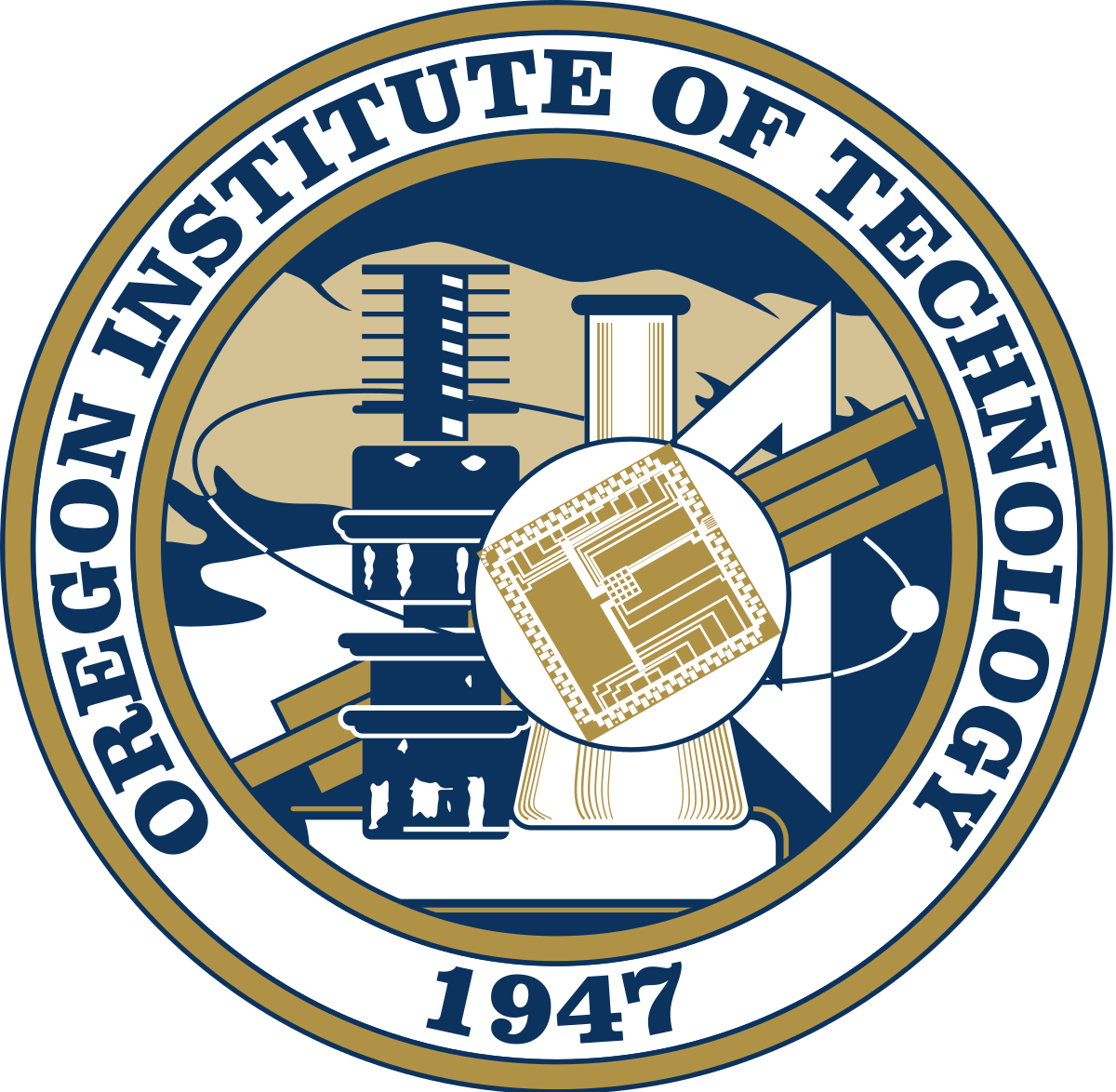
STEM-Centric Academics at Oregon Tech
Oregon Tech appears in our ranking of the 25 Best Bachelor’s in Engineering Online Degrees. Split into two colleges with 95 percent six-month job placement, the Oregon Institute of Technology offers 38 Bachelor of Science degrees in primarily STEM majors. For example, the Medical Imaging Technology B.S. was started in Fall 2007 with Sky Lakes Medical Center for 192 quarter credits on diagnostic equipment. At the Portland Metro campus, the 184-credit Electrical Engineering B.S. directed by Dr. Aaron Scher has tracks for Microelectronics, Optical Engineering, Renewable Energy, Power Systems, and Robotics. The Operations Management B.S. puts the 180-credit, IACBE-accredited curriculum online on Blackboard for courses like Spreadsheet Software and Decision Support. Other sample degrees capitalizing on the 15:1 student-faculty ratio are the Respiratory Care B.S., Applied Mathematics B.S., Computer Engineering B.S., and Mechanical Engineering B.S. Partnered with Xerox, Intel, PGE, Autodesk, and more for the 4+1 Master’s Internship Program, the Oregon Institute of Technology also grants eight Master of Science degrees. For instance, the Applied Behavior Analysis M.S. is the Beaver State’s first BACB-verified, standalone option for becoming licensed to adjust problem behaviors. In Seattle, the 45-credit Manufacturing Engineering Technology chaired by Dr. Jeffrey Hayen helps Boeing workers advance aerospace know-how. The 90-credit Marriage and Family Therapy M.S. develops rural mental health advocates with courses like Adult Development and 600+ practicum hours. Additional graduate degrees offering a $566,000 20-year net ROI on PayScale are the Renewable Energy M.S., Allied Health M.S., and Systems Engineering M.S.About Oregon Institute of Technology
The Oregon Institute of Technology was established by Winston Purvine in 1947 at a former WWII Marine Corps hospital before becoming the Oregon Technical Institute the next year. By 1966, it was acquired by the State Board of Higher Education and authorized for bachelor’s study. Adopting its current name in 1973, Oregon Tech expanded during Larry Blake’s tenure from Klamath Falls to Portland, Clackamas, Salem, and Wilsonville. Known for the Geo-Heat Center created in 1975, OIT now grants 48,400 credit hours yearly to 5,490 Owls from 17 to 57. The Oregon Institute of Technology budgets $61.9 million as Cascadia’s premier public, four-year polytechnic RU/H institution. Linked to 11,781 LinkedIn alumni, OIT has trained Earl Snell, Allison Cook, Benny Agbayani, and others. The U.S. News & World Report ranked Oregon Tech the sixth best West college, 12th top value, third best public university, and 38th best engineering school. On Niche, OIT is America’s 26th best technology program, 167th top public college, and 386th hardest university. Times Higher Education included the Oregon Institute of Technology in the top 800 overall nationally. Forbes picked OIT for the country’s 197th best value and 144th best public education. On College Factual, Oregon Tech boasts the 143rd highest-paid engineering grads and 17th best clinical lab science degrees. Washington Monthly crowned OIT for the 192nd best Ph.D. completion rate and 100th most service. Successful Student also declared Oregon Tech the seventh best renewable energy school.Oregon Institute of Technology Accreditation Details
In Spring 2019, the Oregon Institute of Technology will undergo its mid-cycle evaluation from the Northwest Commission on Colleges and Universities (NWCCU) to retain its Level III accreditation throughout the decade under president Dr. Nagi Naganathan. This regional agency in Redmond is recognized by the U.S. Department of Education to check for institutional quality. OIT is authorized by the Oregon Higher Education Coordinating Commission (HECC). Certain academic departments also have programmatic approval from these:- Accreditation Board on Engineering and Technology (ABET)
- International Accreditation Council for Business Education (IACBE)
- Commission on Accreditation of Allied Health Education Programs (CAAHEP)
- National Accrediting Agency for Clinical Laboratory Science (NAACLS)
- Commission on Accreditation for Respiratory Care (CoARC)
Oregon Institute of Technology Application Requirements
Getting into the Oregon Institute of Technology is deemed “moderately difficult” on Peterson’s with a 61 percent admission rate in Fall 2016. First-year Owls who’ve graduated high school since 1985 must follow a 15 Core curriculum with 3+ years of math and science. Passing the Oregon GED Program with a 680 overall is acceptable too. Like other freshmen, homeschoolers need a minimum 21 ACT score or 1080 SAT score. Carrying a 2.5 GPA or better in grades 9-12 is expected, but the mean is 3.41. Oregon Tech transfers need to complete 24+ credits, including WRI 115 and MATH 95, with at least a “C+” average. Master’s OIT programs stipulate the completion of a relevant, accredited bachelor’s and 3.0 GPAs in the last 60 credits. Scoring above 300 on the GRE or 400 on the MAT is also recommended. The Oregon Institute of Technology enforces a March 1st deadline for freshmen. Transfers can apply any term until December 18th, March 12th, June 4th, or September 3rd. The Office of Graduate Studies suggests September 5th, December 18th, and March 13th deadlines. Oregon Tech utilizes Ellucian CRM Recruit to manage online accounts for application submission. If needed, extra materials are mailed to 3201 Campus Drive in Klamath Falls, OR 97601. Assistance is available by contacting (800) 422-2017 or oit@oit.edu. The checklist for interested students includes the following:- $50 non-refundable application fees
- Official transcripts from each institution
- Standardized tests less than five years old
- Two or three references from the authors
- Typed essays with evidence for aptitude
- Current résumés or CV on achievements
Tuition and Financial Aid
Full-time tuition and fees for Oregon residents in Klamath Falls is $9,541. Studying in Wilsonville is discounted to $8,230 annually full-time. Non-resident undergrads are billed $28,367. Living in the Residence Hall currently costs $9,206 yearly. Annual full-time bachelor’s attendance equals $23,708 in-state and $42,093 out-of-state. Online courses will charge $176 to $560 per credit based on residency. The Dental Hygiene B.S. is an exception costing $194 to $631 per credit. Full-time OIT master’s students from Oregon pay $11,695 while non-residents pay $19,631 yearly. International students must budget $716 per term for medical insurance too. According to the NCES College Navigator, 43 percent of full-time OIT Owls share $12.59 million for median financial aid offers of $6,230. University funding includes the Klamath County Recognition Scholarship, DeArmond Manufacturing Fellows Scholarship, BPA Regional Science Bowl Scholarship, Debbie Owen Memorial Scholarship, Boeing Scholarship, Farr Scholarship, Folker Weiss Scholarship, and Novak Scholarship. Submitting FAFSA papers with code 003211 could open the Federal Pell Grant, FSEOG Grant, Direct Loan, or Graduate Plus Loan. Pacific Northwest natives might claim the Oregon Opportunity Grant, Washington State Need Grant, Idaho Opportunity Scholarship, or others. The Federal Work-Study program gifts an initial $1,500 award for half-time employment. Other Oregon Institute of Technology options include the Lifetime Learning tax credit, GI Bill benefits, employer assistance, and internships. Learn more about available degrees at the Oregon Institute of Technology website.Related Resources:
Featured Programs
20 Best Operations Management Online Degree Programs 2023
20 Cheapest Online Electrical Engineering Degree Programs
